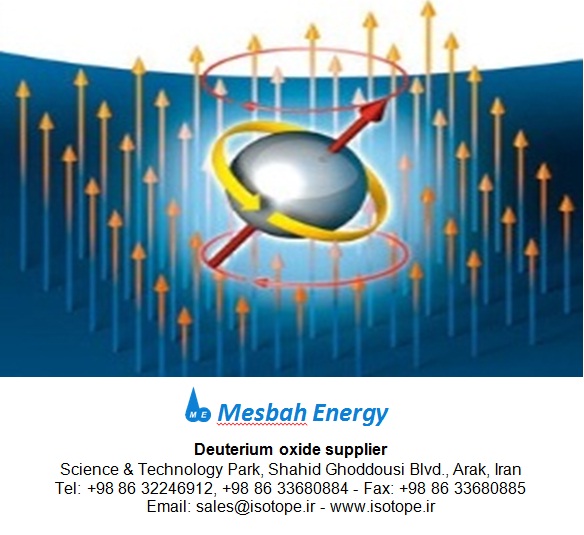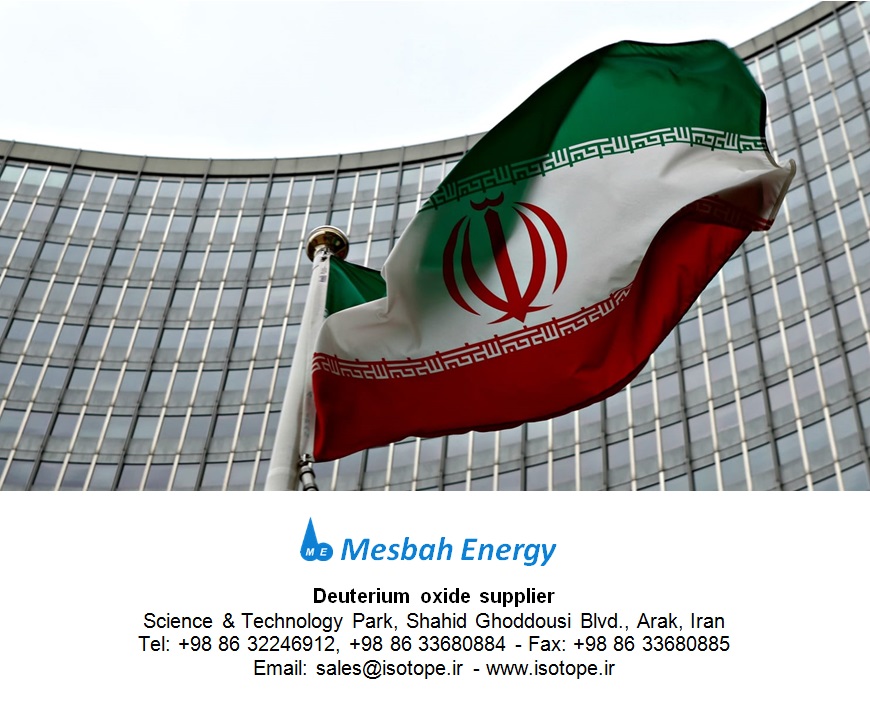Fig 1. NMR spectroscopy using Deuterium oxide
The NMR phenomenon is based on the interaction of the nuclei of specific atomic isotopes with a static magnetic field. The utility of NMR arise from the fact that chemically distinct nuclei differ in resonance frequency in the same magnetic field. This phenomenon is known as the chemical shift.
NMR spectroscopy is an essential tool for the determination of molecular structure, the study of molecular dynamics, and the characterization of materials at the molecular level by chemists, physicists, and molecular biologists.
Deuterium oxide (D2O) is used in nuclear magnetic resonance spectroscopy when using water as solvent if the nuclide of interest is hydrogen. This is because the signal from light water solvent molecules interferes with observing the signal from the molecule of interest dissolved in it.
Source:
http://chemnmr.colorado.edu/moreinfo/whatisnmr.html
https://en.wikipedia.org/wiki/Heavy_water






